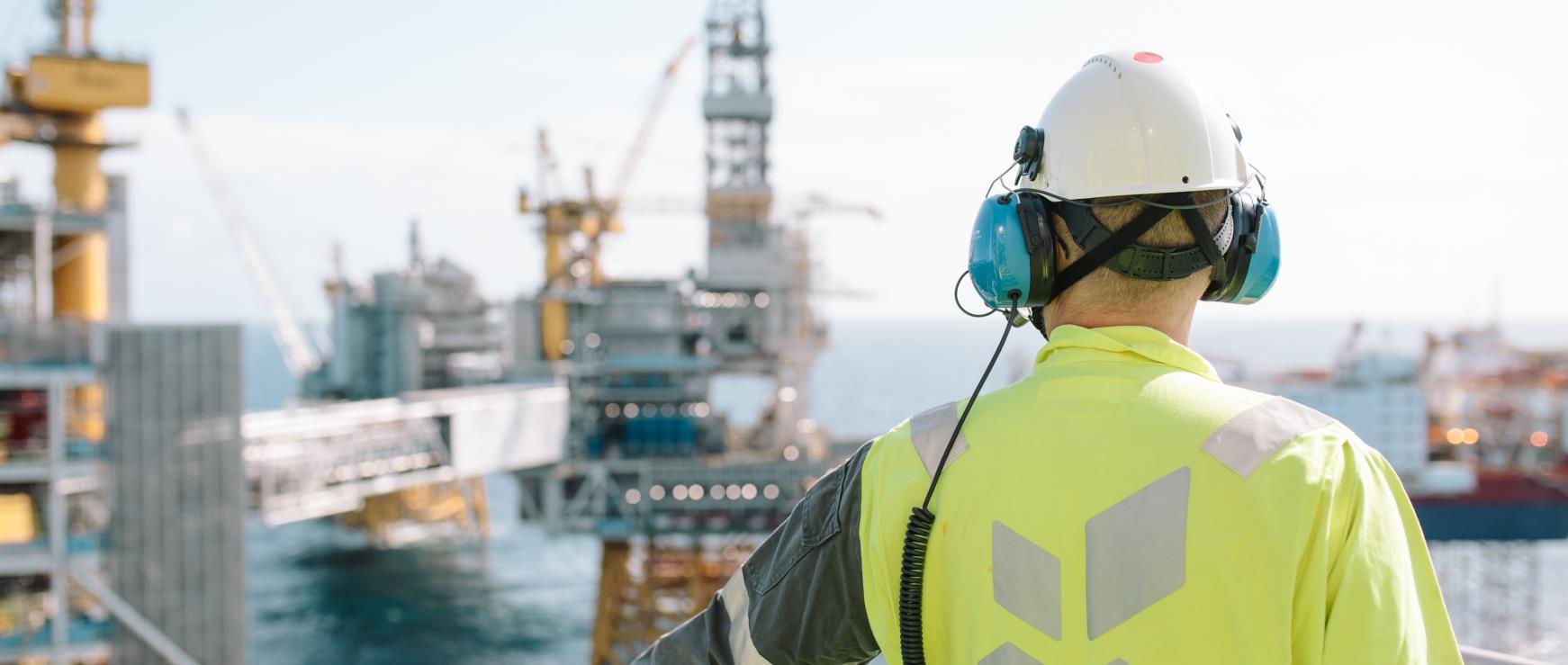Courtesy of Offshore Energy.
Norwegian energy giant Equinor has revealed a strategy to accelerate its energy transition, detailing how it will produce less oil and gas as a result of reducing demand and increase investments in renewables and low carbon solutions.
Equinor has been working to transform itself from an oil and gas giant into a broad energy company since its name change back in 2018.
Equinor said on Tuesday that it is exiting operated unconventional assets, prioritising offshore projects and expects to invest $23 billion in renewables from 2021 to 2026.
Another energy major has also recently pledged to speed up its energy transition efforts. Namely, following a recent ruling by a Dutch court, Shell has said it will take some ‘bold but measured’ steps to accelerate the reduction of carbon emissions from its operations
Anders Opedal, President and CEO of Equinor, said: “Our strategy is backed up by clear actions to accelerate our transition while growing cash flow and returns. We are optimising our oil and gas portfolio to deliver even stronger cash flow and returns with reduced emissions from production, and we expect significant profitable growth within renewables and low carbon solutions. This is a strategy to create value as a leader in the energy transition”.
Equinor has set a clear ambition to become a net zero energy company by 2050, including emissions from production and final consumption. Today, Equinor also sets interim ambitions, aiming to reduce net carbon intensity with 20 per cent by 2030 and 40 per cent by 2035.
Opedal further commented: “This is a business strategy to ensure long-term competitiveness during a period with profound changes in the energy systems, as society moves towards net-zero. We are building on our position as a global leader within carbon-efficient production of oil and gas.
“We will continue to cut emissions, and in the longer term, Equinor expects to produce less oil and gas than today recognising reducing demand. Significant growth within renewables and low carbon solutions will increase the pace of change towards 2030 and 2035”.
According to Equinor, its oil and gas portfolio can deliver a free cash flow after tax and investments of $45 billion from 2021 to 2026. New projects coming on stream by 2030 have an average break-even below 35 $/bbl and a short payback time of less than 2.5 years.
On the Norwegian continental shelf, Equinor is optimising its operations to deliver value creation and an average annual free cash flow of around $4.5 billion in 2021 – 2030.
Further improvements at the Johan Sverdrup field reduces the break-even price for the full field by 25 per cent to 15 $/bbl.
Internationally, Equinor is focusing its portfolio, exiting operated positions in unconventionals, prioritizing offshore operations where the company can utilize its core competence. The international portfolio is set to deliver strong cash flow, become more robust towards lower prices, and shows a significant upside at higher prices.
Equinor expects gross investments in renewables of around $23 billion from 2021 to 2026, and to increase the share of gross capex for renewables and low carbon solutions from around 4 per cent in 2020 to more than 50 per cent by 2030. Based on early low-cost access at scale, Equinor expects to reach an installed capacity of 12 – 16 GW (Equinor share) by 2030.
Reflecting current markets levels, Equinor is adjusting expected project base real returns to 4 – 8 per cent and remains determined to capturing higher equity returns through project financing and farm downs.
Early access followed by targeted farm down is an integrated part of the value creation proposition. So far, Equinor has divested assets for $2.3 billion, booked a capital gain of $1.7 billion and expects to deliver nominal equity returns in the range of 12 – 16 per cent from the offshore wind projects with offtake contracts in the UK and US.
When it comes to low carbon solutions, by 2035, Equinor’s ambition is to develop the capacity to store 15 -30 million tonnes CO2 per year and to provide clean hydrogen in 3-5 industrial clusters.
Equinor has also decided to increase its quarterly cash dividend for the second quarter of 2021 by 3 per cent from the first quarter to 18 cents per share.
The board has also decided to introduce a new annual share buy-back programme of around $1.2 billion starting from 2022 with the purpose of reducing the issued share capital of the company.
Equinor’s organic capital expenditures are estimated at an annual average of $9-10 billion for 2021-2022 and at around $12 billion for 2023 – 2024.
Production growth from 2020 to 2021 is estimated to be around 2 per cent.
Read the article on the Offshore Energy website here.
